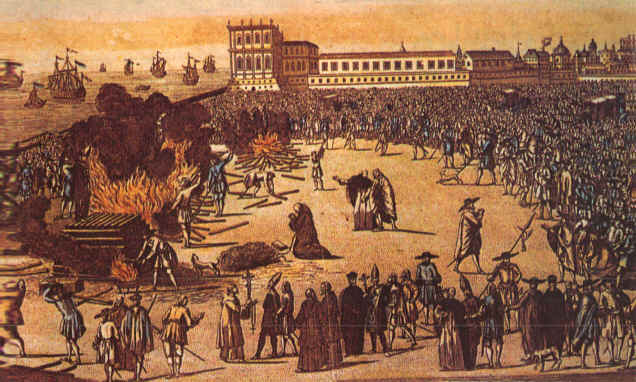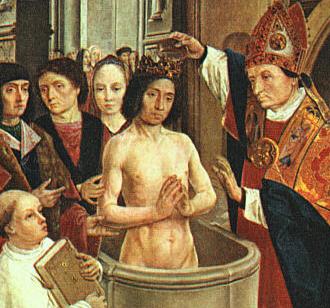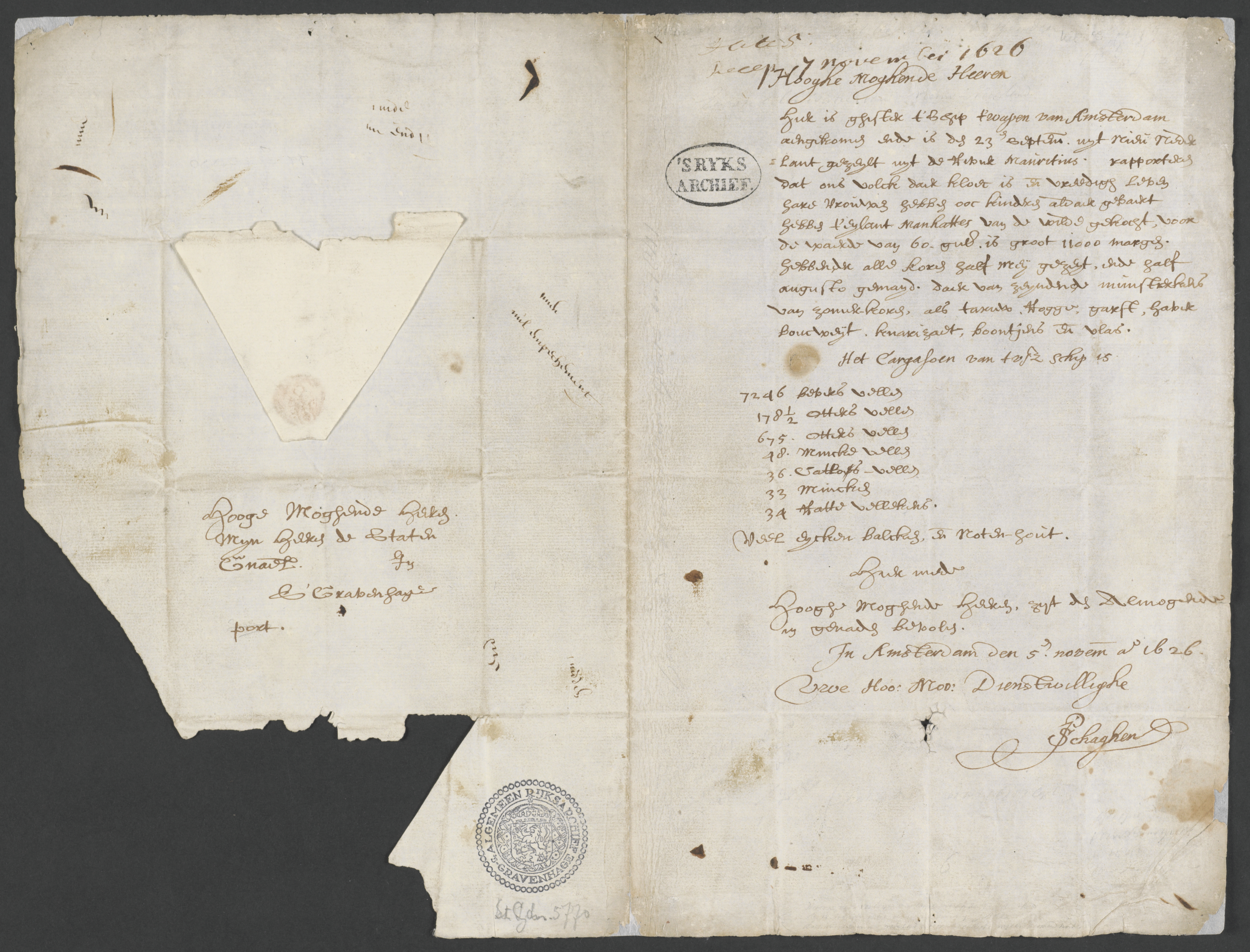|
History Of The Jews In New York
As of 2020, the Jewish population in New York State was 1,598,000, accounting for 21% of all Jews in the United States. In New York City alone, there are approximately 960,000 Jews, establishing it as the largest Jewish community in the world, surpassing the combined totals of Tel Aviv and Jerusalem. Nearly half of the city's Jews live in Brooklyn. The first recorded Jewish settler was Jacob Barsimson, who arrived in August 1654 on a passport from the Dutch West India Company. In 2012, the largest Jewish denominations were Orthodox (both Haredi and Modern Orthodox) and Conservative Judaism. Reform Jewish communities are prevalent through the area. Congregation Emanu-El of New York in Manhattan is the largest Reform synagogue in the world. Jews have settled in New York State since the 17th century. In August 1654, the first known Jewish settler, Jacob Barsimson, came to New Amsterdam. The Dutch colonial port city was the seat of the government for the New Netherland terr ... [...More Info...] [...Related Items...] OR: [Wikipedia] [Google] [Baidu] |
Conservative Judaism
Conservative Judaism, also known as Masorti Judaism, is a Jewish religious movements, Jewish religious movement that regards the authority of Jewish law and tradition as emanating primarily from the assent of the people through the generations, more than from divine revelation. It therefore views Jewish law, or ''Halakha'', as both binding and subject to historical development. The Conservative rabbinate employs modern Historical criticism, historical-critical research, rather than only traditional methods and sources, and lends great weight to its constituency, when determining its stance on matters of practice. The movement considers its approach as the authentic and most appropriate continuation of ''Halakhic'' discourse, maintaining both fealty to received forms and flexibility in their interpretation. It also eschews strict theological definitions, lacking a consensus in matters of faith and allowing great pluralism. While regarding itself as the heir of Rabbi Zecharias Fr ... [...More Info...] [...Related Items...] OR: [Wikipedia] [Google] [Baidu] |
Peter Stuyvesant
Peter Stuyvesant ( – August 1672)Mooney, James E. "Stuyvesant, Peter" in p.1256 was a Dutch colonial administrator who served as the Directors of New Netherland, director-general of New Netherland from 1647 to 1664, when the colony was provisionally ceded to the Kingdom of England. He was a major figure in the history of New York City and his name has been given to various landmarks and points of interest throughout the city (e.g. Stuyvesant High School, Stuyvesant Town–Peter Cooper Village, Stuyvesant Town, Bedford–Stuyvesant, Brooklyn, Bedford–Stuyvesant neighborhood, etc.). Stuyvesant's accomplishments as director-general of New Netherland included a great expansion for the settlement of New Amsterdam beyond the southern tip of Manhattan. Among the projects built by Stuyvesant's administration were the protective wall on Wall Street, the canal that became Broad Street (Manhattan), Broad Street, and Broadway (Manhattan), Broadway. Stuyvesant, himself a member of the ... [...More Info...] [...Related Items...] OR: [Wikipedia] [Google] [Baidu] |
Director Of New Netherland
This is a list of Directors, appointed by the Dutch West India Company, of the 17th century Dutch province of New Netherland (''Nieuw-Nederland'' in Dutch) in North America. Only the last, Peter Stuyvesant, held the title of Director General. As the colony grew, citizens advisory boards – known as the Twelve Men, Eight Men, and Nine Men – exerted more influence on the director and thus affairs of province. There were New Netherland settlements in what later became the US states of New York, New Jersey, and Delaware, with short-lived outposts in areas of today's Connecticut, Rhode Island, and Pennsylvania. The capital, New Amsterdam, became the city of New York when the New Netherlanders provisionally ceded control of the colony to the English, who renamed the city and the rest of the province in June 1665. During the restitution to Dutch rule from August 1673 to November 1674, when New Netherland was under the jurisdiction of the City of Amsterdam, the first Dutch gover ... [...More Info...] [...Related Items...] OR: [Wikipedia] [Google] [Baidu] |
Spanish And Portuguese Jews
Spanish and Portuguese Jews, also called Western Sephardim, Iberian Jews, or Peninsular Jews, are a distinctive sub-group of Sephardic Jews who are largely descended from Jews who lived as New Christians in the Iberian Peninsula during the few centuries following the forced expulsion of unconverted Jews Expulsion of the Jews from Spain, from Spain in 1492 and Expulsion of Jews and Muslims from Portugal, from Portugal in 1497. They should therefore be distinguished both from the descendants of those expelled in 1492 and from the present-day Jews, Jewish communities of Spain and Portugal. The main present-day communities of Spanish and Portuguese Jews exist in the Netherlands, the United Kingdom, the United States and Canada, and several other Jewish communities in the Americas have Spanish and Portuguese Jewish roots though they no longer follow the distinctive customs of the Spanish and Portuguese Jews. Historical background Although the 1492 and 1497 expulsions of unconvert ... [...More Info...] [...Related Items...] OR: [Wikipedia] [Google] [Baidu] |
Dutch Republic
The United Provinces of the Netherlands, commonly referred to in historiography as the Dutch Republic, was a confederation that existed from 1579 until the Batavian Revolution in 1795. It was a predecessor state of the present-day Netherlands and the first independent Dutch people, Dutch nation state. The republic was established after seven Dutch provinces in the Spanish Netherlands Dutch Revolt, revolted against Spanish Empire, Spanish rule, forming a mutual alliance against Spain in 1579 (the Union of Utrecht) and declaring their independence in 1581 (the Act of Abjuration). The seven provinces it comprised were Lordship of Groningen, Groningen (present-day Groningen (province), Groningen), Lordship of Frisia, Frisia (present-day Friesland), Lordship of Overijssel, Overijssel (present-day Overijssel), Duchy of Guelders, Guelders (present-day Gelderland), lordship of Utrecht, Utrecht (present-day Utrecht (province), Utrecht), county of Holland, Holland (present-day North Holla ... [...More Info...] [...Related Items...] OR: [Wikipedia] [Google] [Baidu] |
Brazil
Brazil, officially the Federative Republic of Brazil, is the largest country in South America. It is the world's List of countries and dependencies by area, fifth-largest country by area and the List of countries and dependencies by population, seventh-largest by population, with over 212 million people. The country is a federation composed of 26 Federative units of Brazil, states and a Federal District (Brazil), Federal District, which hosts the capital, Brasília. List of cities in Brazil by population, Its most populous city is São Paulo, followed by Rio de Janeiro. Brazil has the most Portuguese-speaking countries, Portuguese speakers in the world and is the only country in the Americas where Portuguese language, Portuguese is an Portuguese-speaking world, official language. Bounded by the Atlantic Ocean on the east, Brazil has a Coastline of Brazil, coastline of . Covering roughly half of South America's land area, it Borders of Brazil, borders all other countries and ter ... [...More Info...] [...Related Items...] OR: [Wikipedia] [Google] [Baidu] |
Recife
Recife ( , ) is the Federative units of Brazil, state capital of Pernambuco, Brazil, on the northeastern Atlantic Ocean, Atlantic coast of South America. It is the largest urban area within both the North Region, Brazil, North and the Northeast Region, Brazil, Northeast Region of Brazil. It is the largest city in Pernambuco state, and the fourth-largest urban area in all of Brazil; the Metropolitan area, metro population of the city of Recife was 3,726,974 in 2022. Recife was founded in 1537, serving as the main harbor of the Captaincy of Pernambuco—known for its Brazilian sugar cycle, large-scale production of sugar cane. At one point, it was known as Mauritsstad, when it served as the capital city of the 17th century colony of New Holland (Brazil), New Holland of Dutch Brazil (founded by the Dutch West India Company). Situated at the confluence of the Beberibe River, Beberibe and Capibaribe River, Capibaribe rivers, before they drain into the South Atlantic Ocean, Recife is a m ... [...More Info...] [...Related Items...] OR: [Wikipedia] [Google] [Baidu] |
New York City
New York, often called New York City (NYC), is the most populous city in the United States, located at the southern tip of New York State on one of the world's largest natural harbors. The city comprises five boroughs, each coextensive with a respective county. The city is the geographical and demographic center of both the Northeast megalopolis and the New York metropolitan area, the largest metropolitan area in the United States by both population and urban area. New York is a global center of finance and commerce, culture, technology, entertainment and media, academics, and scientific output, the arts and fashion, and, as home to the headquarters of the United Nations, international diplomacy. With an estimated population in 2024 of 8,478,072 distributed over , the city is the most densely populated major city in the United States. New York City has more than double the population of Los Angeles, the nation's second-most populous city. [...More Info...] [...Related Items...] OR: [Wikipedia] [Google] [Baidu] |
New Netherland
New Netherland () was a colony of the Dutch Republic located on the East Coast of what is now the United States. The claimed territories extended from the Delmarva Peninsula to Cape Cod. Settlements were established in what became the states of New York, New Jersey, Delaware, and Connecticut, with small outposts in Pennsylvania and Rhode Island. The colony was originally conceived by the Dutch West India Company (GWC) in 1621 to capitalize on the North American fur trade. Settlement initially stalled because of policy mismanagement by the GWC and conflicts with Native Americans. The settlement of New Sweden by the Swedish South Company encroached on its southern flank, while its eastern border was redrawn to accommodate the English colonies of an expanding New England Confederation. The colony experienced dramatic growth during the 1650s and became a major center for trade across the North Atlantic. The Dutch conquered New Sweden in 1655 but, during the Second Anglo-Dut ... [...More Info...] [...Related Items...] OR: [Wikipedia] [Google] [Baidu] |
Dutch People
The Dutch, or Netherlanders (Dutch language, Dutch: ) are an ethnic group native to the Netherlands. They share a common ancestry and culture and speak the Dutch language. Dutch people and their descendants are found in migrant communities worldwide, notably in Argentina, Aruba, Australia, Brazil, Canada,Based on Statistics Canada, Canada 2001 Census]Linkto Canadian statistics. Caribbean Netherlands, Curaçao, Germany, Guyana, Indonesia, New Zealand, Sint Maarten, South Africa, Suriname, and the United States.According tFactfinder.census.gov The Low Countries were situated around the border of France and the Holy Roman Empire, forming a part of their respective peripheries and the various territories of which they consisted had become virtually autonomous by the 13th century. Under the Habsburgs, the Netherlands were organised into a single administrative unit, and in the 16th and 17th centuries the Northern Netherlands gained independence from Spain as the Dutch Republic. The ... [...More Info...] [...Related Items...] OR: [Wikipedia] [Google] [Baidu] |
New Amsterdam
New Amsterdam (, ) was a 17th-century Dutch Empire, Dutch settlement established at the southern tip of Manhattan Island that served as the seat of the colonial government in New Netherland. The initial trading ''Factory (trading post), factory'' gave rise to the settlement around Fort Amsterdam. The fort was situated on the strategic southern tip of the island of Manhattan and was meant to defend the fur trade operations of the Dutch West India Company in the North River (Hudson River). In 1624, it became a provincial extension of the Dutch Republic and was designated as the capital of the province in 1625. New Amsterdam became a city when it received Town privileges, municipal rights on February 2, 1653. By 1655, the population of New Netherland had grown to 9000 Dutch people, with 1,500 living in New Amsterdam. By 1664, the population of New Netherland had risen to almost 9,000 people, 2,500 of whom lived in New Amsterdam, 1,000 lived near Fort Orange (New Netherland), F ... [...More Info...] [...Related Items...] OR: [Wikipedia] [Google] [Baidu] |








